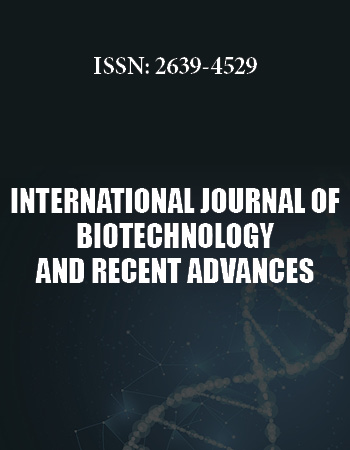International Biotechnology and Research Conference
April 25-27, 2018 Rome, Italy
Cold-active lipases: Characterization and Structure Elucidation
Enzyme and Microbial Technology Research Centre, Faculty of Biotechnology and Biomolecular Sciences, Universiti Putra Malaysia, Malaysia
Nature has designed lipase to be one of the great catalysts. The bacterial lipases display the highest versatility, reactivity and stability in the organic solvents. The ability of lipases to catalyse many reactions apart from hydrolysis reveals the potentials to be employed in various industrial chemical processes. Stability of lipases in organic solvents is an extra, unique feature where enzymatic reactions in organic media provide many advantages compared to aqueous reactions. To maximize its full biocatalytic potentials, the understanding on the biochemical and structural features of this class of enzyme are imperative. Therefore, research was conducted to isolate, express, characterize and determine the structure of lipase from an Antarctic and local bacteria via in silico and crystallographic approaches. Lipases from Antarctic organism such as Pseudomonas sp. AMS3 and Glaciozymaantarctica were characterized and their structure solved. In addition, cold- active lipase from Staphylococcus sp. AT2 was isolated and characterized. Literature shows that most of the organic solvent stable bacterial lipases are produced by Pseudomonas sp. and Bacillus sp., but very few from Staphylococcus sp. AT2 lipase is originated from Staphylococcus epidermidis AT2 and this enzyme is the first purified recombinant solvent tolerant lipase from S. epidermidis so far. Besides being stable in various organic solvents, AT2 lipase is active at cold-temperature, another unique industrial property for reduction of energy consumptions, fine chemical synthesis and other applications.
Biography:
Raja Noor Zaliha Raja Abd. Rahman obtained her Doctor of Engineering in Molecular Biology from Kyoto University, Kyoto, Japan in 1998. She is currently the Professor and Head of Enzyme and Microbial Technology Research Centre, Faculty of Biotechnology and Biomolecular Sciences, Universiti Putra Malaysia. Raja Noor Zaliha is without any doubt a dedicated researcher, project leader and graduate advisor. This is reflected in the number of Top Down research projects that she has contributed to either as project leader or principal investigator as well as the number of international publications of high impact which are often cited by international investigators. In recognition of her scientific findings, she has been awarded patents, prizes and commendations and has derived personal satisfaction from the success of her graduate students, her participation on national and international governmental projects and not least, having a bacterial species named after her.


